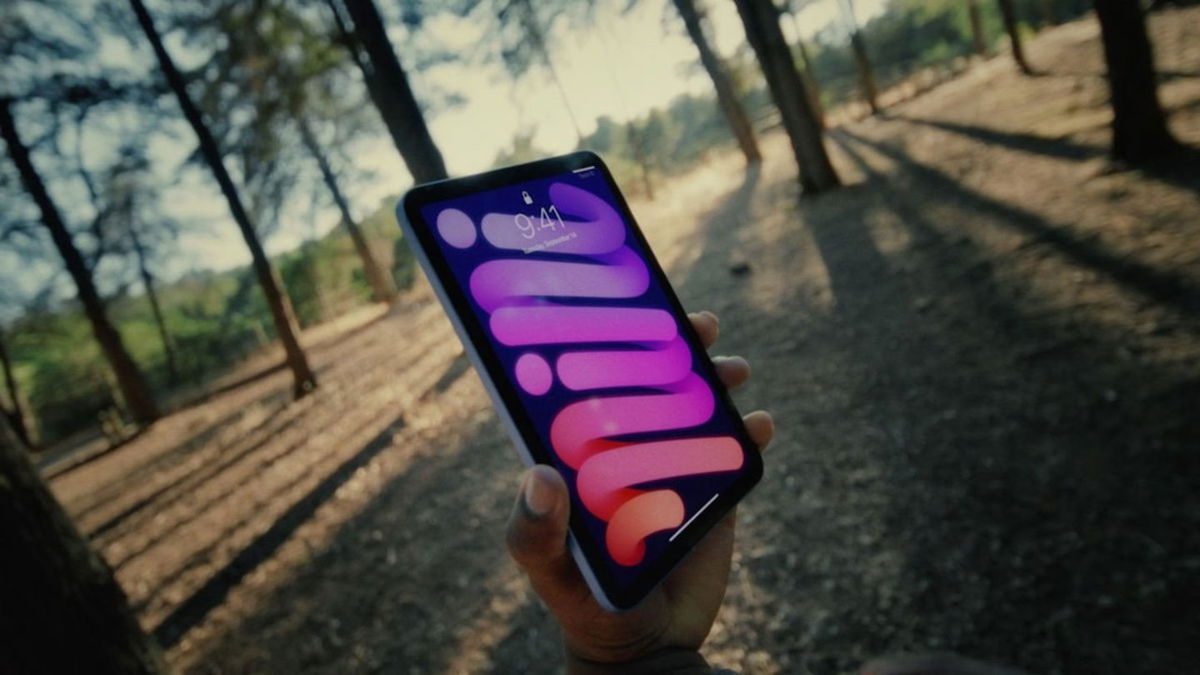Alive has just introduced its new flagship line, consisting of three models: X200, X200 Pro and X200 Pro mini. The Chinese brand’s new mobile phones are equipped with the latest MediaTek technologies to guarantee uninterrupted processing power and put all its chips in the cameras, again taking advantage of its alliance with ZEISS.
In this sense, it is the Vivo X200 Pro that attracts all the attention. This model is equipped on the rear panel with a 50-megapixel main sensor with optical image stabilization (OIS), as well as a 50-megapixel ultra-wide-angle and 200MP periscope telephoto macro lens. The latter is the most eye-catching and boasts optical image stabilization, 3.7x optical zoom and 100x digital zoom.
For their part, the standard version of the Vivo X200 and the Pro mini variant have identical rear camera configurations. These include a 50MP main sensor, a 50MP ultra-wide-angle and a 50MP telephoto macro lens with 3x optical zoom and 100x digital zoom.
Vivo points out that all models in the X200 lineup come with new photography features such as a Super Landscape mode for more detailed panoramas and an optimized Telephoto Portrait option with a focal length of 135mm. But that’s not all. When it comes to video, mobile phones Can record in 4K at 120fpslike the iPhone 16 Pro, and also supports shooting in 10-bit LOG format.
New Vivo X200: Key Features


Under the hood, all three versions of the Vivo X200 feature a new chip. Mediatek dimension 9400. This way, the manufacturer ensures that it will have enough power to drive its new models and stand up to the next competing flagships that will arrive with Qualcomm Snapdragon Gen 4 (or Snapdragon 8 Elite if the name change is confirmed).
As for other characteristics, below we provide a comparison table with Main Features smartphones that Vivo announced today in China.
| Vivo X200 | Vivo X200 Pro | Vivo X200 Pro mini | |
| Screen | 6.67-inch AMOLED (2800 x 1260) with 120Hz refresh rate. | 6.78-inch AMOLED (2800 x 1260) with 120Hz refresh rate and HDR10+ support. | 6.31-inch AMOLED (2640 x 1216) with 120Hz refresh rate. |
| CPU | Mediatek dimension 9400 | Mediatek dimension 9400 | Mediatek dimension 9400 |
| RAM | 12 or 16 GB | 12 or 16 GB | 12 or 16 GB |
| Storage | 256 GB, 512 GB or 1 TB | 256 GB, 512 GB or 1 TB | 256 GB, 512 GB or 1 TB |
| rear cameras | There is a 50MP main lens, a 50MP ultra-wide-angle lens and a 50MP telephoto macro lens. | There is a 50MP main lens, a 50MP ultra-wide-angle lens and a 200MP telephoto macro lens. | There is a 50MP main lens, a 50MP ultra-wide-angle lens and a 50MP telephoto macro lens. |
| Battery and charging | 5800 mAh with support for 90W fast wired charging. No wireless charging support. | 6000 mAh with support for 90W wired charging and up to 30W wireless fast charging. | 5700 mAh, with support for 90W wired charging and up to 30W wireless fast charging. |
| Software | OriginOS 5 (China) Funtouch 15 (all countries) |
OriginOS 5 (China) Funtouch 15 (all countries) |
OriginOS 5 (China) Funtouch 15 (all countries) |
Price and availability
Vivo has confirmed that at least X200 Pro will be launched in Europe shortly after its debut in China. However, possible dates and prices have not yet been announced. It was mentioned that some changes may be made to the mobile phone specifications table to adapt it to the needs of the Old Continent markets. As for the standard X200 and the Pro mini variant, it is unknown whether they will arrive in Spain and other countries in the region.
In China Vivo X200 has a starting price 4299 yuan (about 556 euros) for the 12+256 GB version. He X200 ProMeanwhile, it starts at 5299 yuan (685 euros) with identical memory and storage configuration. While X200 Pro mini It also starts with a 12+256GB variant and costs from 4699 yuan (608 euros). It would be logical to think that in Europe they would be much more expensive when taxes or import duties are taken into account.
Source: Hiper Textual
I’m Ben Stock, a highly experienced and passionate journalist with a career in the news industry spanning more than 10 years. I specialize in writing content for websites, including researching and interviewing sources to produce engaging articles. My current role is as an author at Gadget Onus, where I mainly cover the mobile section.














